Product information
Reviews
Shipping & returns
Product information
ABB PFTL101B pillow tensiometer horizontal load cell
Structure and characteristics
Robust structural design: PFTL101B has a pillow block construction, usually made of high-strength stainless steel, which has good corrosion resistance and mechanical strength, and can adapt to harsh industrial environments. The cylindrical plug connection ensures the stability and reliability of the electrical connection, and can effectively prevent the poor contact problems caused by vibration, shock and other factors.
Precise force measurement range: The element has a force measurement range of 2-20KN, providing high precision tension measurement in this range. It uses advanced strain measurement technology, and the internal strain gauge can accurately sense the change of tension in the horizontal direction and convert it into an electrical signal output. Through the precision signal processing circuit, these electrical signals are amplified, filtered and linearized, so as to achieve high precision tension measurement, the measurement accuracy can generally reach ±0.5% FS (full scale).
Good linearity and repeatability: The PFTL101B has excellent linearity over the entire force measurement range, that is, there is a good linear relationship between the output signal and the applied tension. This makes it convenient for users to accurately calculate the actual tension value according to the measured signal in practical applications. At the same time, the component also has good repeatability, that is, under the same measurement conditions, multiple measurements of the same tension value, can obtain stable and consistent measurement results, which provides a strong guarantee for accurate control in industrial production.
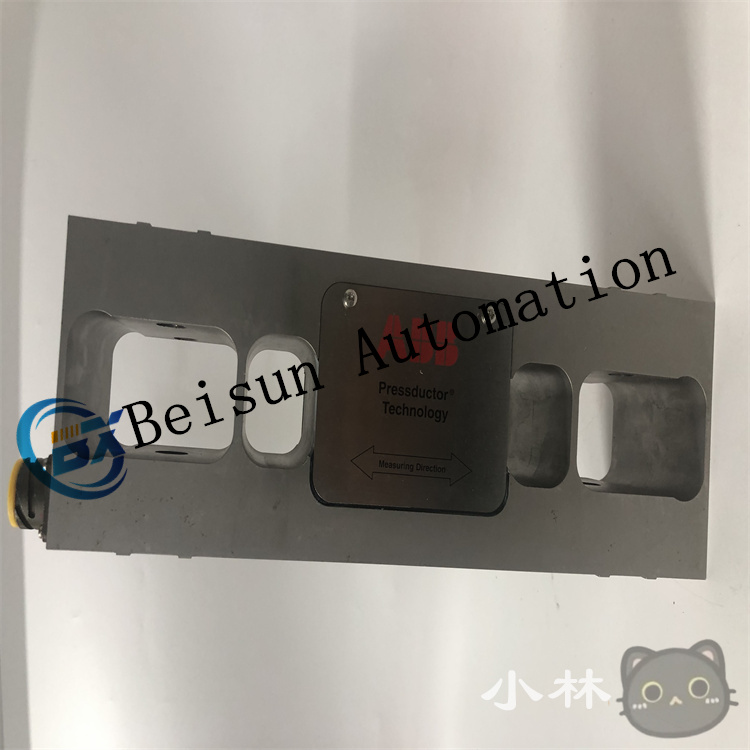
Working principle
When the horizontal tension is applied to the PFTL101B pillow tensiometer, the tension will cause a small deformation of the load cell. This deformation will cause the resistance of the internal strain gauge to change. According to Wheatstone bridge principle, the strain gauge is composed of a bridge circuit. When the resistance value of the strain gauge changes, the bridge will output a voltage signal proportional to the tension. This weak voltage signal is amplified by an amplifier, and then processed by filtering to remove noise and interference in the signal, and finally get a standard signal that can accurately reflect the size of the tension, which can be directly input into the control system or display instrument to monitor and control the tension in real time.


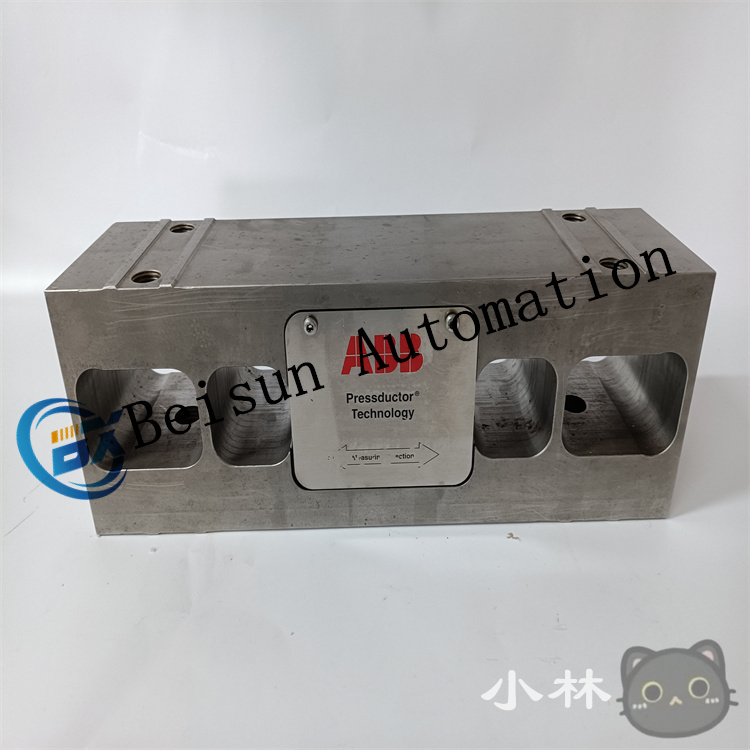
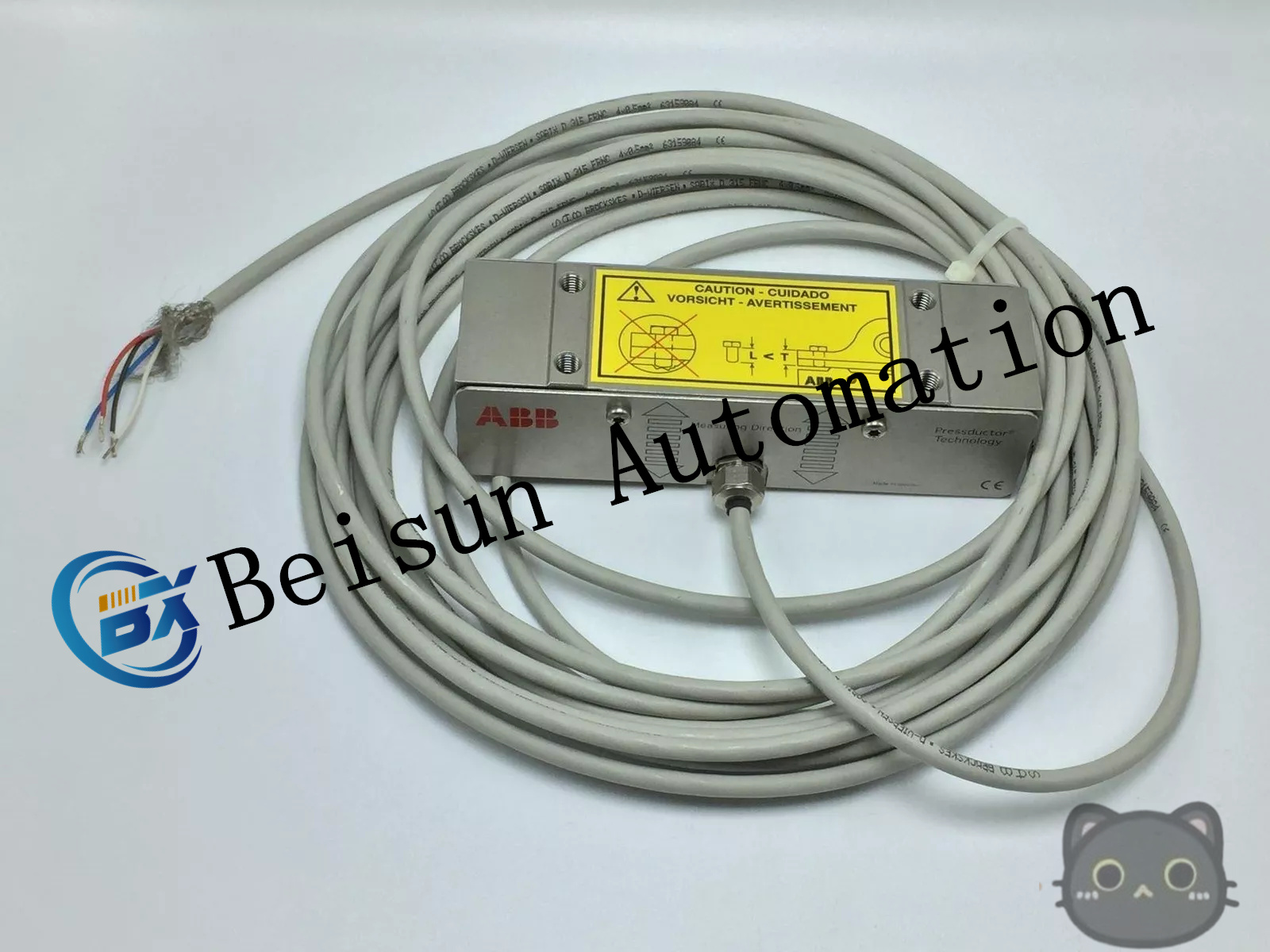
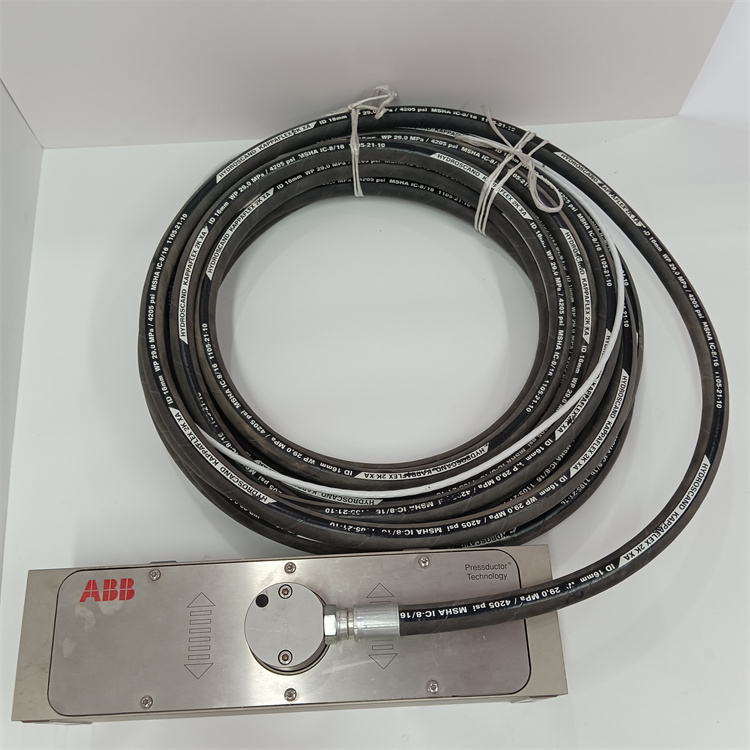
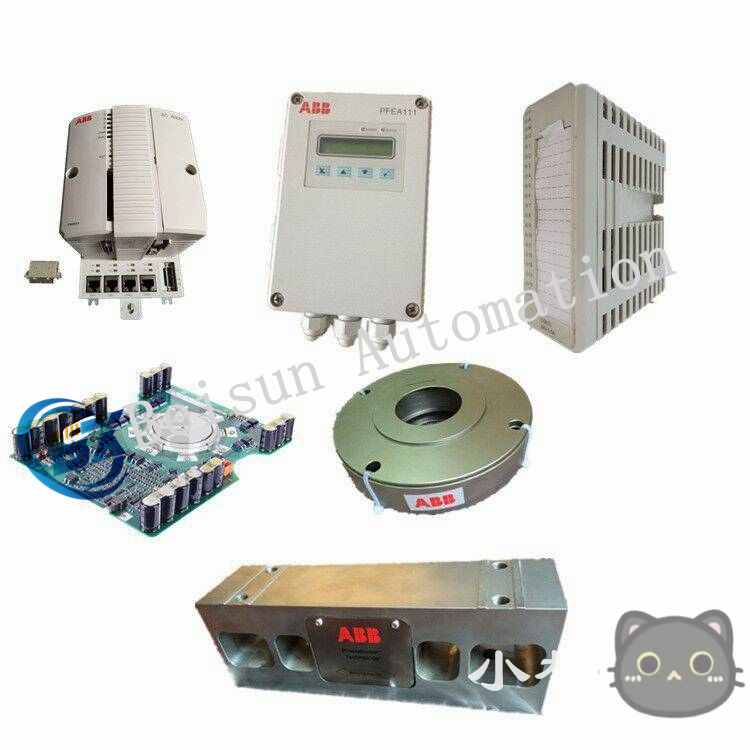
Reviews
There are no reviews yet.